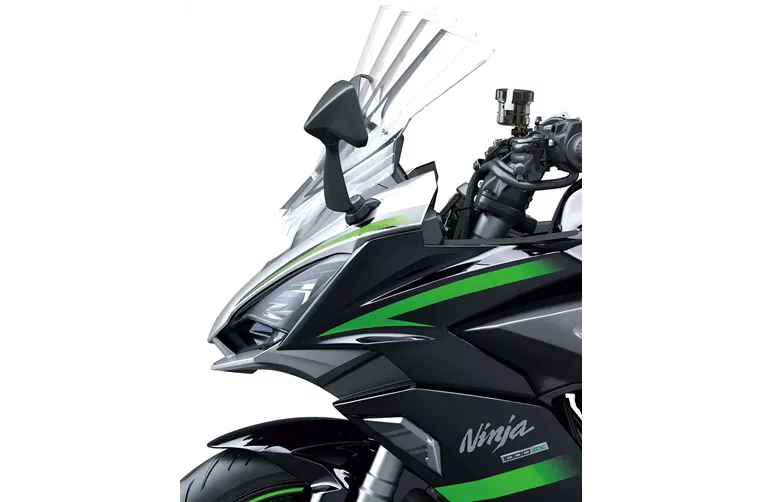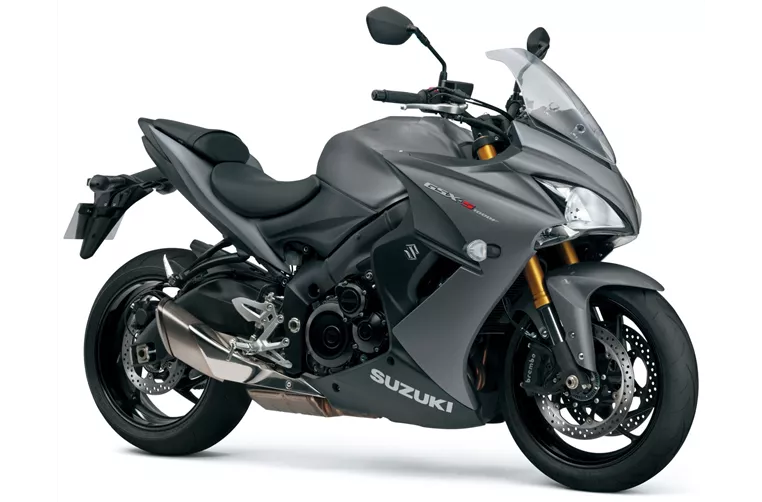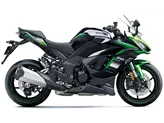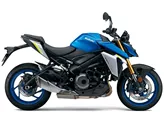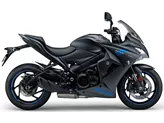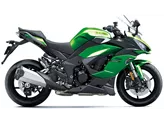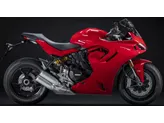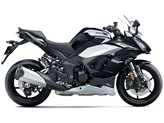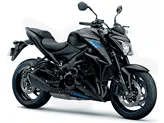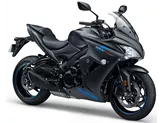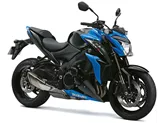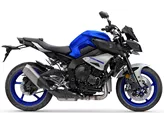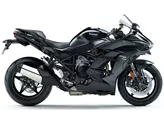Kawasaki Ninja 1000SX 2020 vs. Suzuki GSX-S1000F 2015
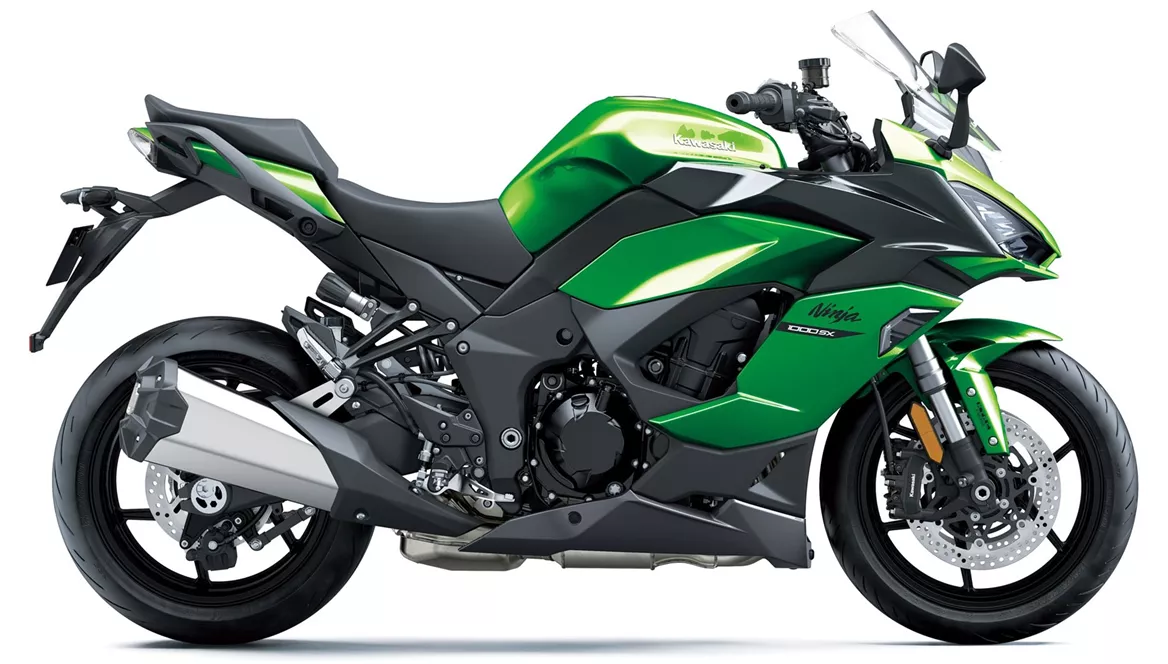
Kawasaki Ninja 1000SX 2020

Suzuki GSX-S1000F 2015
Overview - Kawasaki Ninja 1000SX 2020 vs Suzuki GSX-S1000F 2015
The Kawasaki Ninja 1000SX 2020 and the Suzuki GSX-S1000F 2015 are both sport touring motorcycles with similar engine types, transmission systems, and suspension setups. However, there are several key differences between the two models.
In terms of engine power, the Kawasaki Ninja 1000SX 2020 offers 142 HP, while the Suzuki GSX-S1000F 2015 boasts a slightly higher power output of 149 HP. Both bikes have four cylinders and four-stroke engines, providing a smooth and powerful riding experience.
When it comes to torque, the Kawasaki Ninja 1000SX 2020 offers 111 Nm, while the Suzuki GSX-S1000F 2015 provides 106 Nm. While the difference in torque may not be significant, it can still affect the overall performance and acceleration of the motorcycles.
In terms of suspension, both bikes feature upside-down telescopic forks at the front and swing arm suspension at the rear. The Kawasaki Ninja 1000SX 2020 offers a slightly longer rear suspension travel of 144 mm compared to the 130 mm offered by the Suzuki GSX-S1000F 2015. This can provide a more comfortable and stable ride, especially on uneven road surfaces.
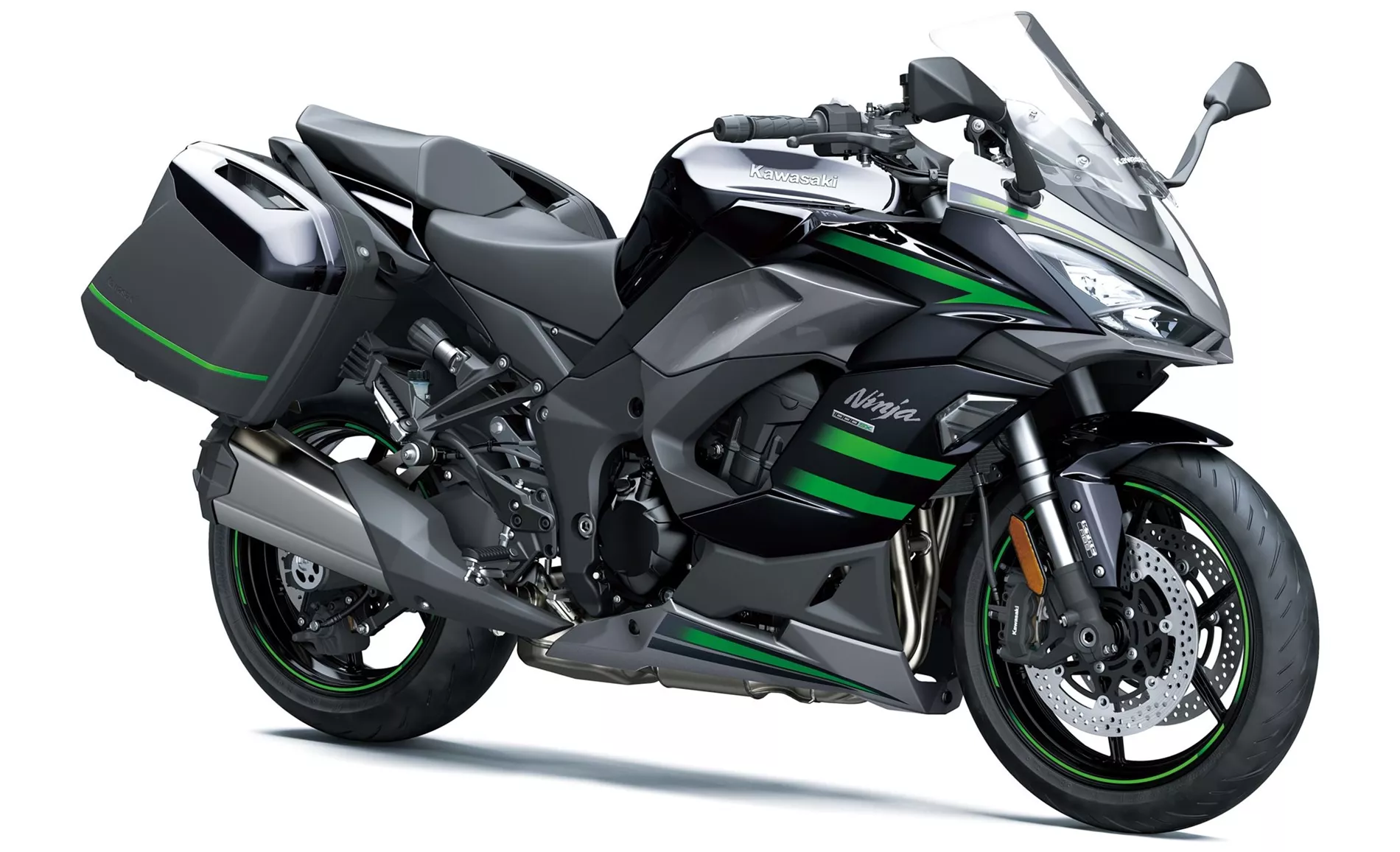
Kawasaki Ninja 1000SX 2020
Both motorcycles have aluminum frames, providing a lightweight and rigid structure for improved handling and stability. The Kawasaki Ninja 1000SX 2020 features double disc brakes with a diameter of 300 mm at the front, while the Suzuki GSX-S1000F 2015 has slightly larger 310 mm front brakes. Both models utilize advanced braking technologies such as radial and monoblock calipers for enhanced stopping power.
In terms of rider assistance systems, the Kawasaki Ninja 1000SX 2020 offers a range of advanced features including ABS, riding modes, cornering ABS, ride by wire, quickshifter, and traction control. On the other hand, the Suzuki GSX-S1000F 2015 only offers ABS as an advanced rider assistance system.
In terms of dimensions and weights, the Kawasaki Ninja 1000SX 2020 has a slightly shorter wheelbase of 1440 mm compared to the 1460 mm of the Suzuki GSX-S1000F 2015. The seat height of the Kawasaki Ninja 1000SX 2020 is also slightly higher at 834.98 mm compared to the 815 mm of the Suzuki GSX-S1000F 2015. The Kawasaki Ninja 1000SX 2020 is slightly heavier with a kerb weight of 235 kg compared to the 214 kg of the Suzuki GSX-S1000F 2015. However, the Kawasaki Ninja 1000SX 2020 has a larger fuel tank capacity of 19 liters compared to the 17 liters of the Suzuki GSX-S1000F 2015.

Suzuki GSX-S1000F 2015
In terms of strengths, the Kawasaki Ninja 1000SX 2020 offers a refined and powerful engine, balanced handling, comfortable chassis, and a sufficiently comfortable seating position. It also has a modern and attractive design, good brakes, LED lights all around, a color TFT display, and cruise control as standard.
The Suzuki GSX-S1000F 2015, on the other hand, has a top exciting engine, strong Brembo brakes, great accessories, and fine traction control.
However, the Kawasaki Ninja 1000SX 2020 does have a weakness in that its windshield can only be adjusted with both hands and without tools. In comparison, the Suzuki GSX-S1000F 2015 has weaknesses in that its ABS may not be sporty enough, the wind protection is limited, and the knee angle may be a little too acute for some riders.
Overall, both the Kawasaki Ninja 1000SX 2020 and the Suzuki GSX-S1000F 2015 are capable sport touring motorcycles with their own unique strengths and weaknesses. Riders should consider their specific preferences and requirements when choosing between the two models.
Technical Specifications Kawasaki Ninja 1000SX 2020 compared to Suzuki GSX-S1000F 2015
Pros and Cons in comparison
Pros and Cons in comparison
Kawasaki Ninja 1000SX 2020
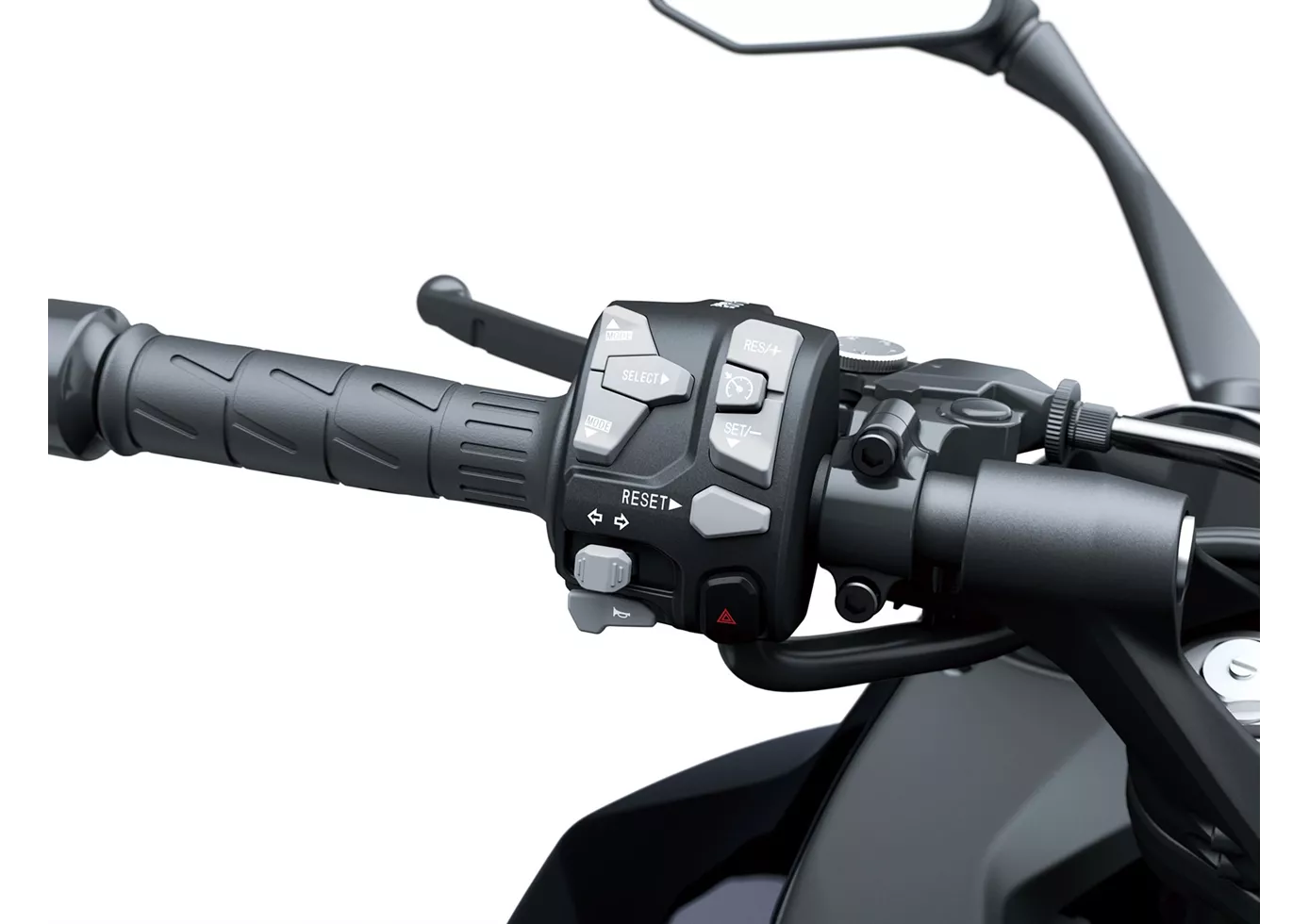
The Kawasaki Ninja 1000SX is more evolution than revolution - but what is the point of reinventing everything in a balanced sports tourer? But the new name is definitely justified, with the many new features made possible by the Ride-by-Wire system, among others, the sports tourer is absolutely up to date. Cornering ABS, modern traction control and riding modes provide safety and adjustment options to personal preferences, the shift assistant favours sport as well as touring. What's more, the price is hot (at least in Austria)!
Suzuki GSX-S1000F 2015

The GSX-S1000F is basically a GSX-S1000 with which it shares all the geometry, with a bit of added value that pays off quite nicely. More stability at higher speeds, more wind protection and overall more compatible with the engine's character. The GSX-R engine is still a force, even if it has run out of juice a bit down low. Suzuki also offers a great price/performance ratio here.
Price Comparison Avarage Market Price Kawasaki Ninja 1000SX vs Suzuki GSX-S1000F
There are a few key differences between a Kawasaki Ninja 1000SX 2020 and a Suzuki GSX-S1000F 2015. There are the same number of bikes of both models available on the 1000PS.de marketplace, specifically 10. It takes less time to sell a Kawasaki Ninja 1000SX with 83 days compared to 104 days for a Suzuki GSX-S1000F. Since model year 2020 1000PS.de editors have written 13 reviews for the Kawasaki Ninja 1000SX and 10 reviews for the Suzuki GSX-S1000F since model year 2015. The first review for the Kawasaki Ninja 1000SX was published on 05/11/2019 and now has more than 40,500 views. This compares to more than 13,100 views for the first review on Suzuki GSX-S1000F published on 30/09/2014.
